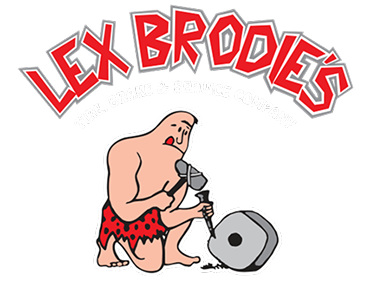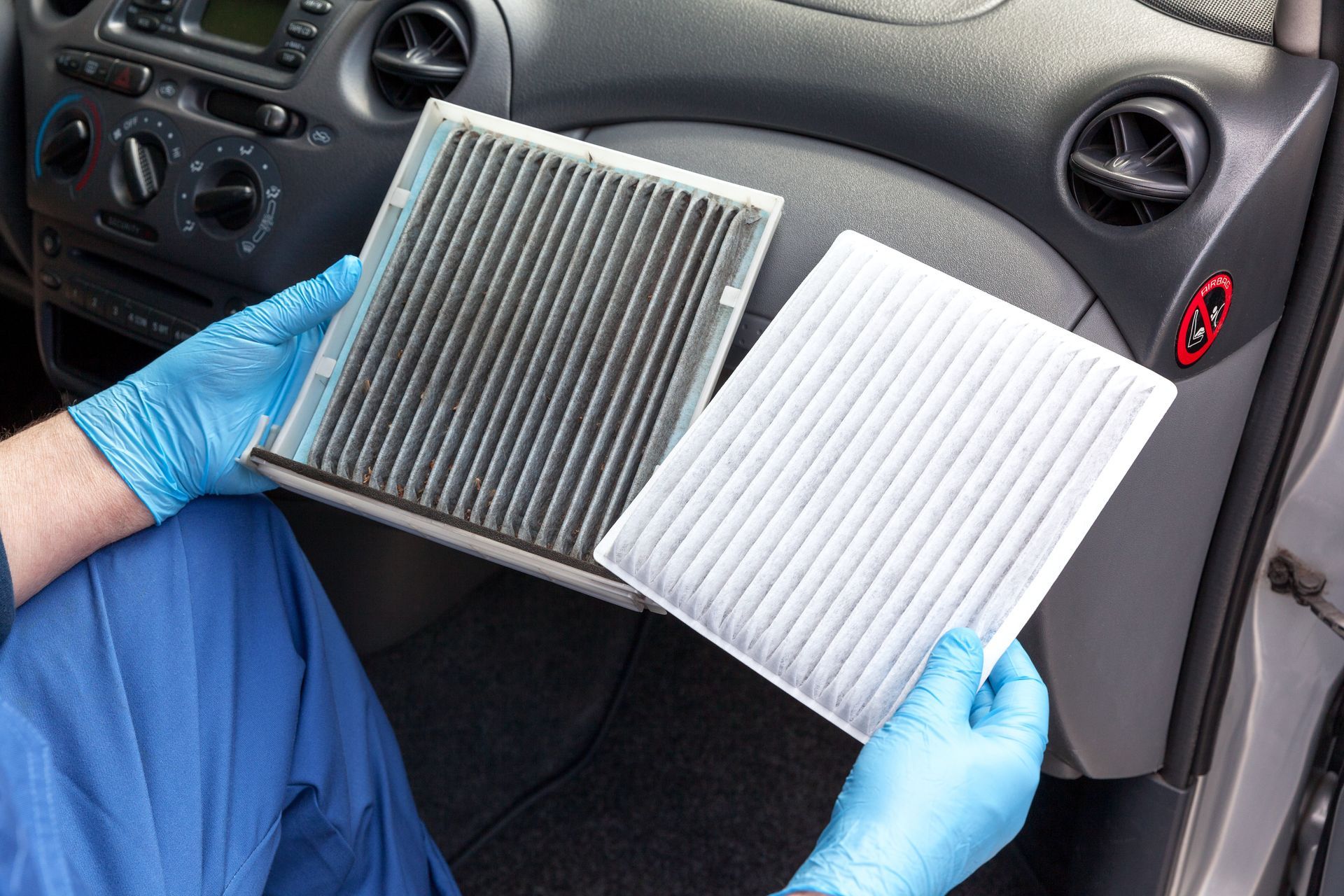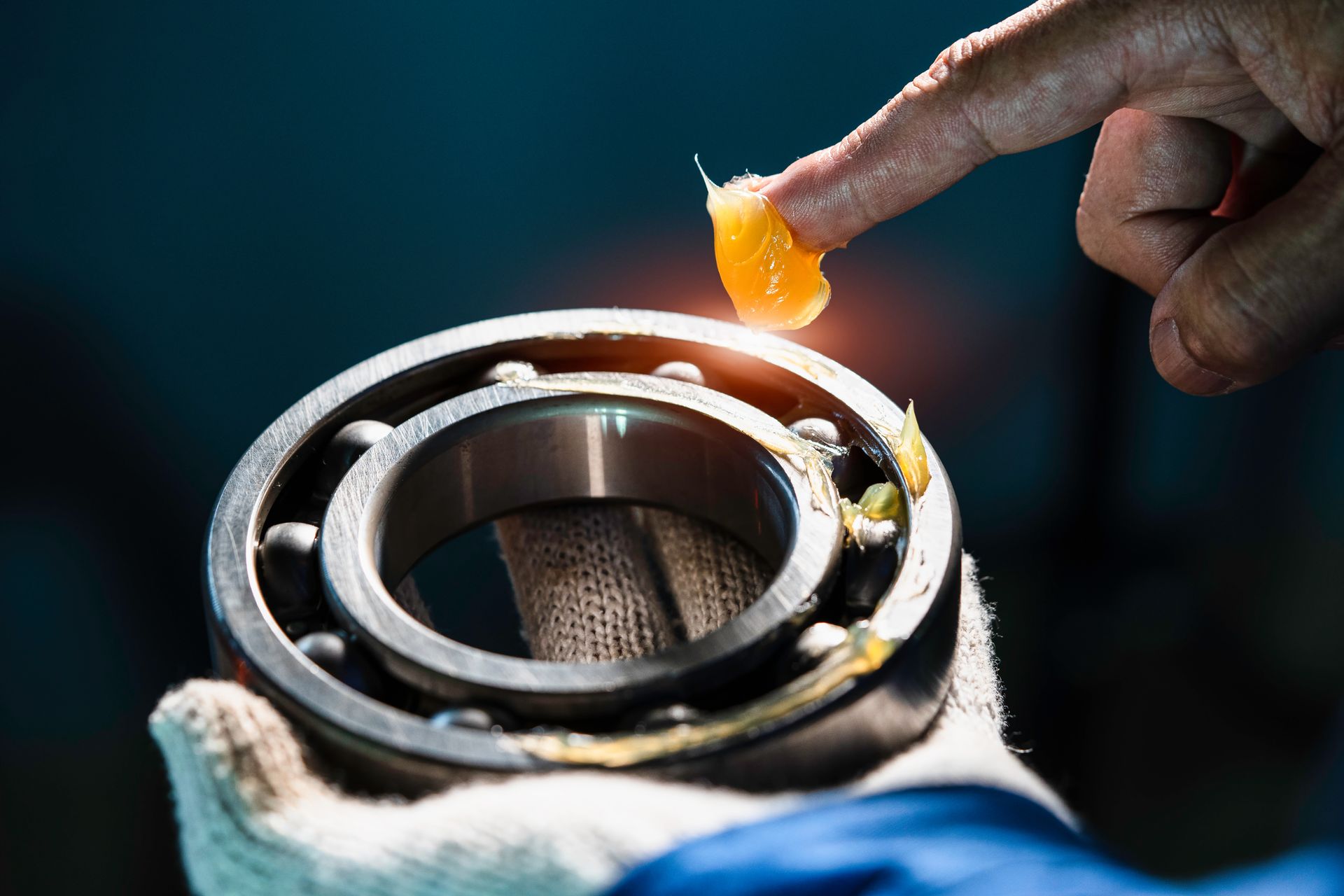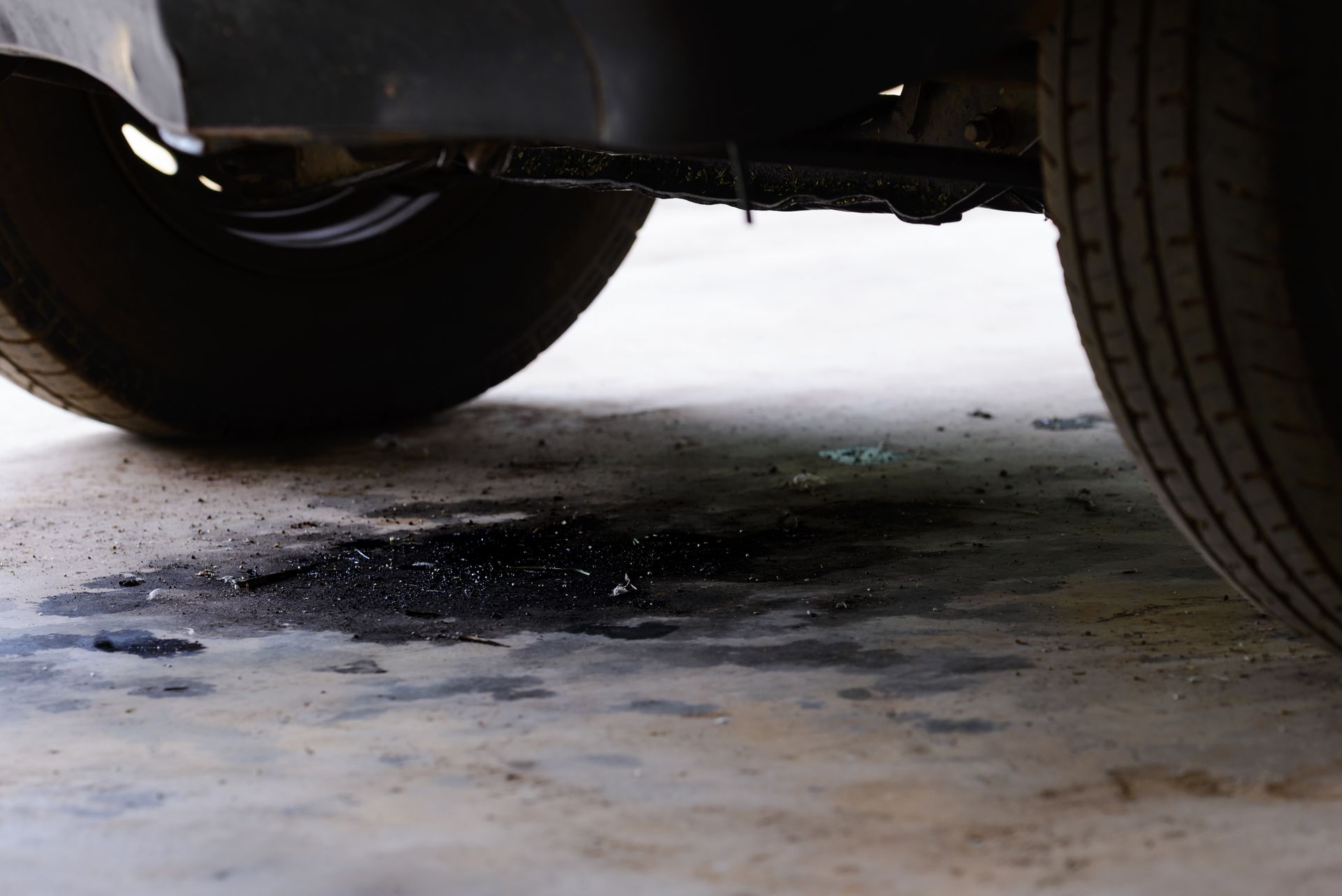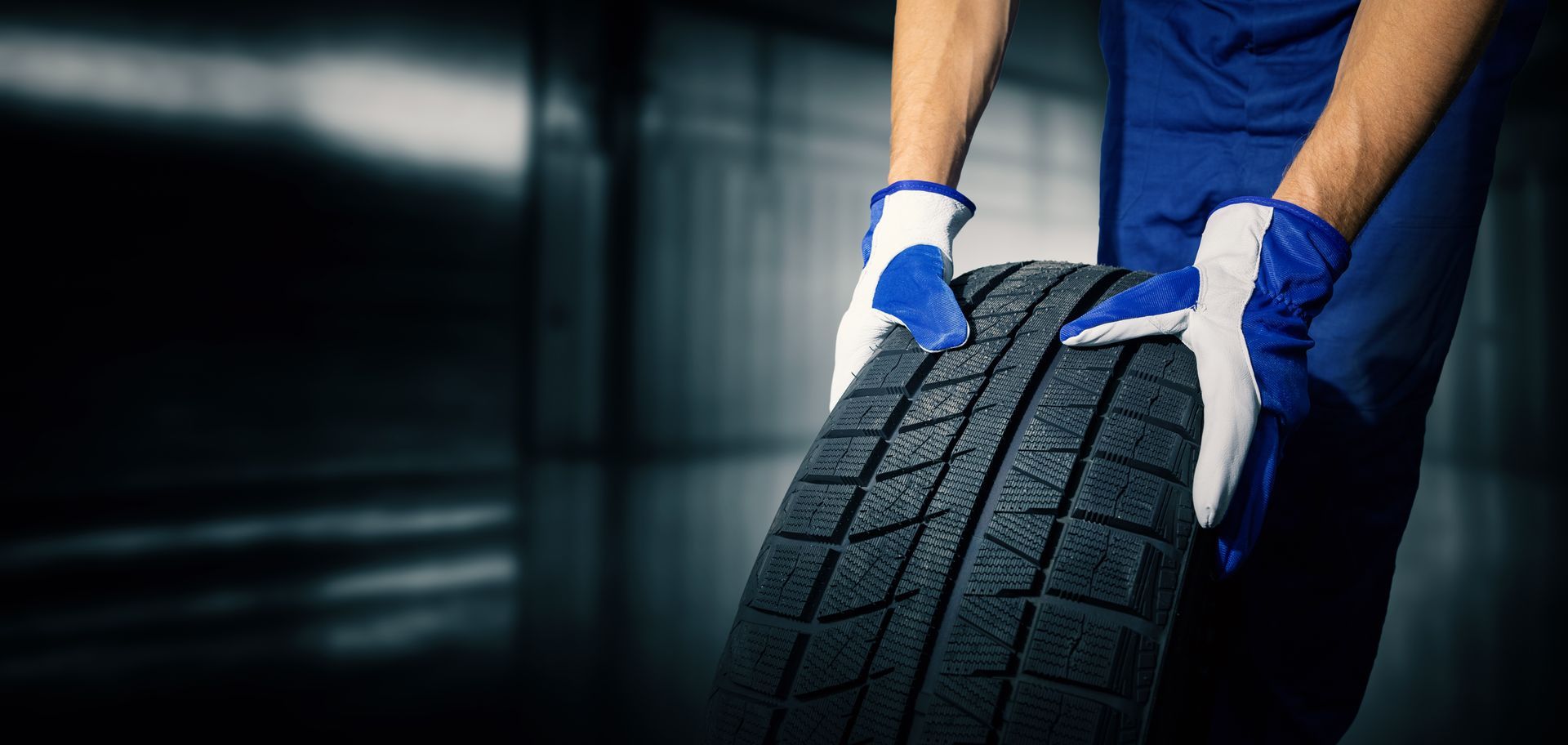Why Should You Replace Tires in Pairs or Sets of Four
September 27, 2024
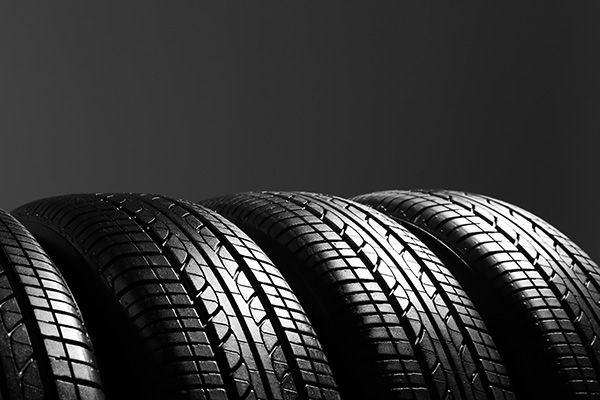
When it comes to maintaining your vehicle, tire care is often one of the most overlooked aspects. However, tires play a significant role in your car's performance, safety, and fuel efficiency. While many drivers may be tempted to replace just one tire at a time, it's recommended to replace tires in pairs or sets of four. But why is that the case?
Uneven Tire Wear and Why It Matters
Tires naturally wear out over time due to the constant friction they endure while making contact with the road. However, they don't all wear out at the same rate. The front tires, for example, typically wear down faster than the rear ones, especially on front-wheel-drive vehicles, since they handle the brunt of the steering and braking.
If you only replace one tire, you introduce a tire with more tread depth alongside an older, worn tire. This uneven tread can lead to imbalanced handling, poor traction, and an overall unsafe driving experience. Replacing tires in pairs ensures that the tires on each axle have similar levels of wear, providing consistent performance and safer driving conditions.
Balanced Traction for Better Control
One of the main reasons you should replace tires in pairs or sets of four is to maintain balanced traction. Different tread depths affect how well your car grips the road, especially in challenging conditions like rain or snow. For example, if you have one new tire with deep tread and another older tire with shallow tread, your car may pull to one side, making it harder to control.
This imbalance is especially dangerous in wet or icy conditions where traction is critical. Uneven tires can cause the vehicle to lose grip, especially during turns or sudden braking. Replacing all four tires, or at the very least both tires on the same axle, helps ensure that your car maintains balanced traction on all surfaces, reducing the risk of skidding or sliding.
Enhances Stability and Cornering
When driving, especially at higher speeds or while cornering, stability is key to maintaining control of the vehicle. Replacing just one tire can throw off your vehicle's balance, leading to less predictable handling. When the tires have different levels of tread wear, it can affect the way your car handles turns and reacts to sudden changes in direction.
Replacing tires in pairs or sets of four ensures that your vehicle's suspension and alignment work in harmony. It helps maintain the stability of the vehicle and prevents pulling to one side, which can happen when the tire treads are mismatched. Proper tire replacement significantly enhances the overall driving experience, giving you more confidence while on the road.
Prevents Premature Wear on New Tires
One of the most frustrating things about only replacing one tire is the premature wear it causes on the new tire. When paired with an older, more worn-out tire, the new tire is forced to work harder to compensate for the imbalance. This extra strain can cause the new tire to wear down faster than it should, effectively shortening its lifespan.
Replacing tires in pairs or all four at once ensures that all tires are working evenly. This not only prevents premature wear but also helps you get the most out of your investment. Tires can be expensive, and replacing them frequently due to uneven wear is not a cost-effective strategy.
All-wheel drive Vehicles Require All Four Tires to Be Replaced
If you own an all-wheel-drive (AWD) vehicle, it’s especially important to replace all four tires at the same time. AWD systems rely on equal traction from all four tires to function properly. When one tire has more tread than the others, the AWD system works overtime to balance the power distribution between the wheels. This imbalance can lead to wear on the drivetrain, increased fuel consumption, and in some cases, damage to the AWD system itself.
Manufacturers of AWD vehicles typically recommend replacing all four tires together to maintain proper alignment and handling. Skipping this step could lead to costly repairs down the road, as the AWD system is one of the more complex and expensive components to fix.
Signs That You Need to Replace Your Tires
So, how do you know when it’s time to replace your tires? Here are a few signs to look out for:
Tread Depth
The most obvious indicator is tread depth. Once your tire’s tread wears down to 2/32 of an inch, it's time to replace them. You can use a penny test or a tread depth gauge to measure it yourself.
Visible Cracks or Bulges
Cracks in the sidewall or bulging areas are clear signs that your tires need to be replaced, even if the tread looks fine.
Frequent Loss of Air Pressure
If you’re constantly refilling your tires with air, there may be an issue with the tire’s structure, and a replacement may be necessary.
Vibration While Driving
Excessive vibration in the steering wheel or seat could mean that your tires are unevenly worn or misaligned, and they may need to be replaced.
Need new tires? Trust LexBrodies Honolulu to ensure your car handles like a dream. We can replace your tires to ensure you get the most out of your ride. Reach out today to book your service!



